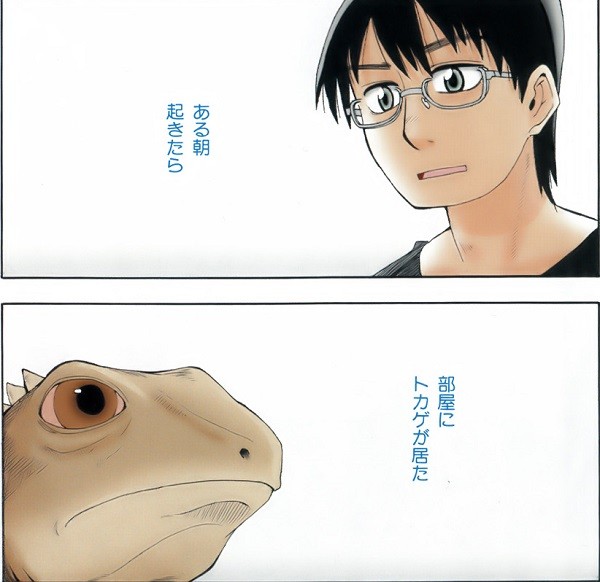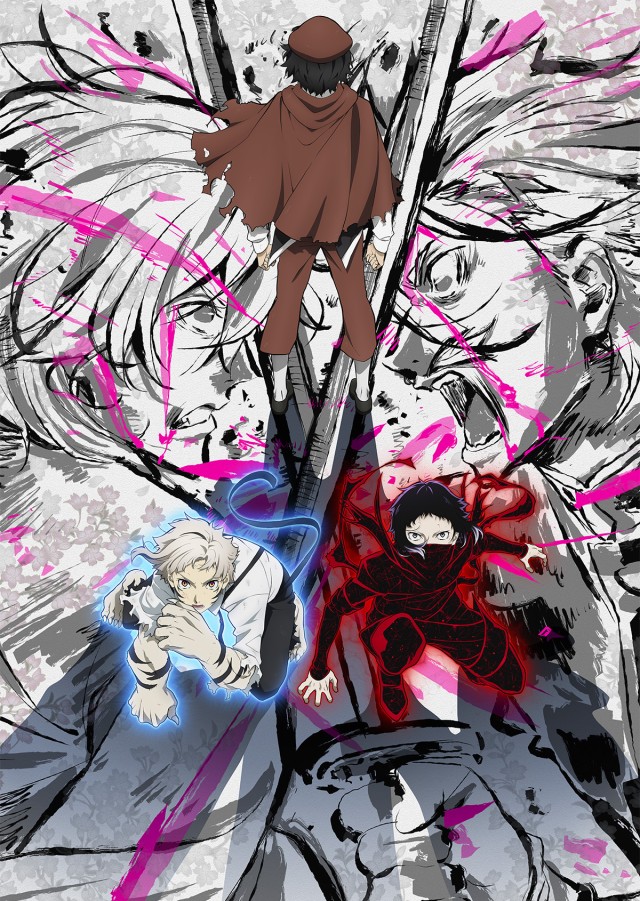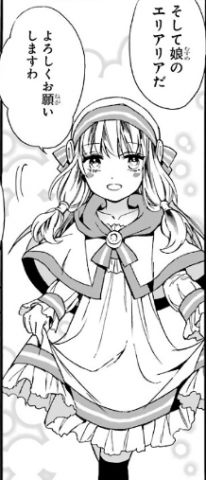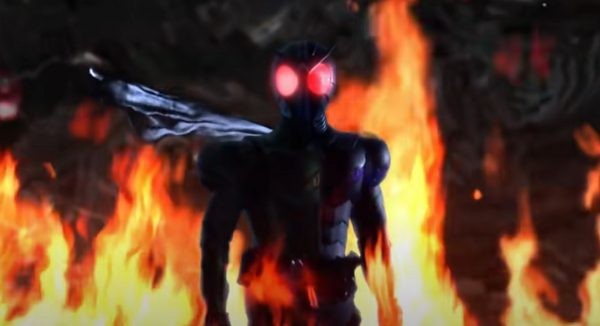Blue Giant is a jazz-themed work serialized in Big Comic, and is known for its realistic sound and the way it makes you feel something well up in your heart just by watching it. It's so interesting that even if you're not interested in jazz, you'll read it all in one go. The main character of Blue Giant is a saxophone player, so I've summarized his career as a player. I'd like to introduce some basic knowledge about the saxophone as well.
Trajectory 1: Miyamoto Dai is fascinated by the world of jazz
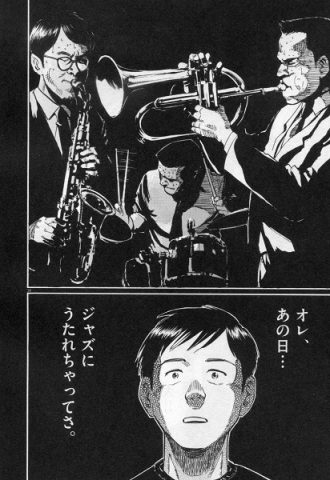
Dai's fascination with the world of jazz started when he was taken to listen to jazz by a friend. In junior high school, Dai was a member of the basketball club, but after entering high school, he began to practice the saxophone almost every day. This is the beginning of the story and the reason why Dai started playing the saxophone.
Preliminary knowledge about the saxophone

The saxophone is a type of woodwind instrument officially called a saxophone. There are many types, but the four most common are the alto saxophone, tenor saxophone, baritone saxophone, and soprano saxophone, and the alto saxophone and tenor saxophone are mainly used in jazz. Dai's first live performance was arranged by his regular music store owner at a jazz bar run by a friend. However, the performance was ruined by Dai's loud saxophone. Dai was criticized by a quiet old man who came to listen to jazz music with a focus on singing, but his impact on the other musicians was also definite. It was a bittersweet experience for Dai, but he stood up and didn't give up.
Trajectory 3: Meeting with Master Yui

Dai's encounter with the eccentric Yui, introduced by the manager of a jazz bar, plays a major role in his life. Yui is usually unmotivated and uninterested in things he is not interested in, but after hearing Dai's performance, he immediately senses his talent and decides to teach Dai himself. From then on, Dai learns techniques and theories from Yui and grows significantly as a saxophone player.
Trajectory 4: Leaving a mark at the jazz festival
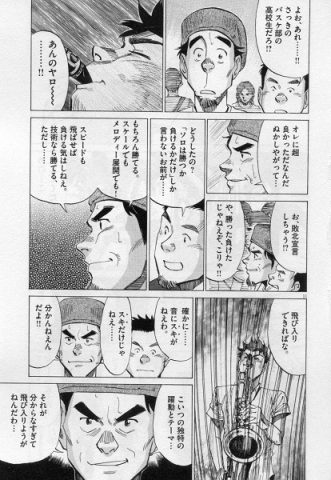
At the Jozenji Jazz Festival, which was held with Sanrinmai, they performed a guerrilla-style performance on the street. As Yui said, the performance was overwhelming to the surrounding audience. It was not only the general audience that was overwhelmed, but also many people in the music industry who were so shocked that they told someone about it or listened to it up close, and although it was only for a short time, it left a mark.
Trail 5: Leaving a mark at the school cultural festival
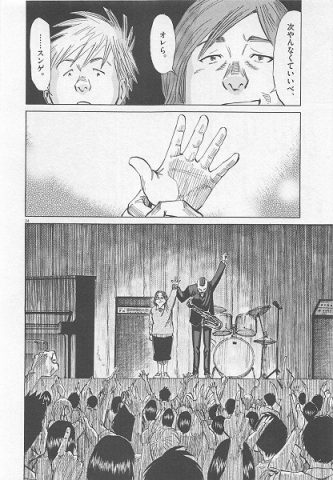
Dai, who was taught techniques and theories by Yui, had certainly grown. Although he was not expected to perform much at the school cultural festival, when the performance started he overwhelmed the audience and made them all stand up in excitement. The excitement was so great that the band that was supposed to be the final act felt like they were "putting a damper on the enthusiasm" and had to stop playing, so it can be said that it was a live performance that truly overwhelmed the audience.
Trajectory 6: Dai leaves Sendai and moves to Tokyo
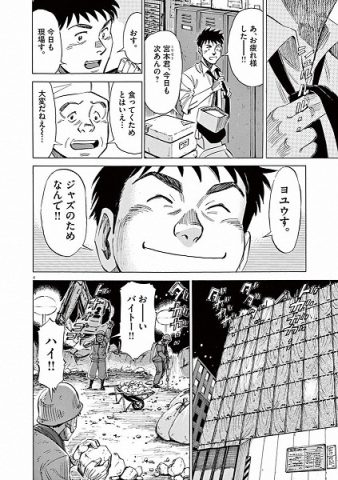
After graduating from high school, Dai decides to move to Tokyo on his own. After moving to Tokyo, he continues to practice to become the best jazz player in the world. However, he rents an apartment from his classmate Tamada and spends his days working part-time jobs. Although it is a physically demanding double life, he tells himself, "This is what it means to be the best in the world."
Trajectory 7: Meeting with genius pianist, Yuki Sawabe
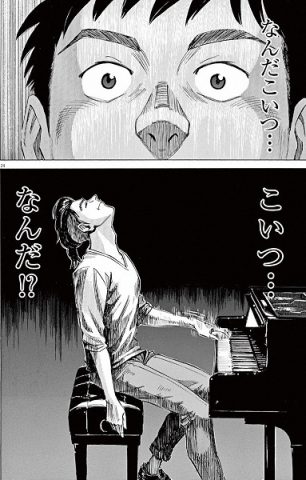
While living in Tokyo, Dai finds a pianist who shines in a particularly brilliant way. The pianist is Yuki Sawabe, who is the same age as Dai, but his talent is outstanding. Sawabe is a confident man who values talent and has a rather arrogant attitude, saying that anyone who can be used is a stepping stone, but Dai feels that this is backed by passion and decides to work with Sawabe, and Sawabe is also moved by hearing Dai's performance and decides to work with Dai.
Adding Tamada Shunji to the group
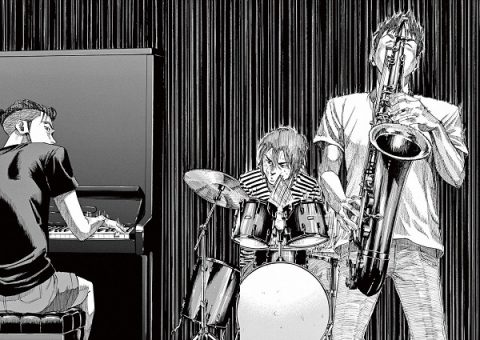
At first, Tamada was just a classmate and one of the supporting actors who rented an apartment to Dai, but he was inspired by Dai and started playing the drums. However, Sawabe was against adding Tamada to the group. However, Tamada was still influenced by the two's sensibilities and improved, and the three of them became active as "JASS".
Trajectory 8: Aiming to perform at So Blue

The three gradually get in sync, and just as Tamada clings to the two absolute musicians, he also grows as if skipping a stage. The three set their sights on performing at So Blue, the most famous jazz bar in the story. However, it was Sawabe, who was offered the job to fill in for a vacant member, who was the first to perform at So Blue. Sawabe, who accepted the offer, showed his presence at the live performance, and the live performance at So Blue in "JASS" was decided.
The three of them never performed together at JASS...
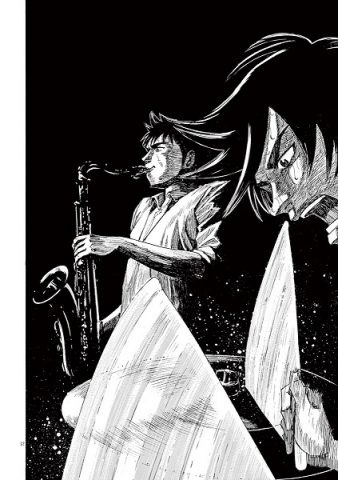
However, the three never performed together at So Blue. Sawabe was hit by an out-of-control truck while working part-time as a traffic controller and was seriously injured. It was a serious injury that almost ended his career as a musician, and Sawabe was unable to participate. However, Dai did not stop and went on to perform at So Blue with Tamada.
JASS disbands, and then...
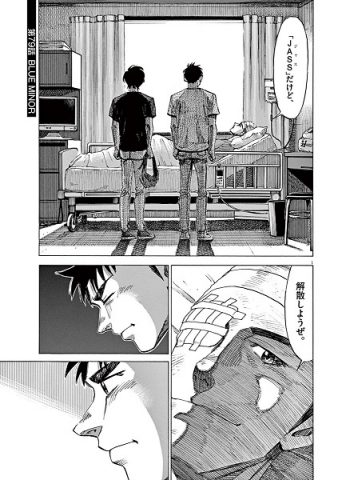
It was unheard of for the two to perform together, but they still thrilled the audience and the concert came to a close. The two came to visit Sawabe, who suggested that JASS be disbanded. It was a proposal for Dai, who must not stop even for a day, and Dai and Tamada accepted his wishes and disbanded JASS. Sawabe said that he would definitely recover, and Dai began to move forward toward a new goal, with Tamada cheering him on.
Trajectory Part 9: The Stage is Germany! To Blue Giant SUPREME
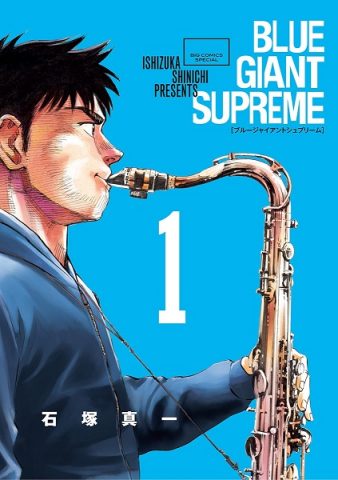
The story comes to an end here, and Dai decides to study abroad to reach even greater heights. He visits his master Yui, and the country Dai is studying in to play jazz is Germany! Blue Giant SUPREME starts in the new land of Germany.
Summary of Miyamoto Dai's trajectory
So far, I have summarized Miyamoto Dai's trajectory as a saxophone player. Every volume is full of drama and is interesting, and Dai's gradual growth and overwhelming of the audience is very fascinating, making this work interesting. This is a jazz manga, but it has the appeal to draw even those who are not interested in jazz or music, so please give it a read!

